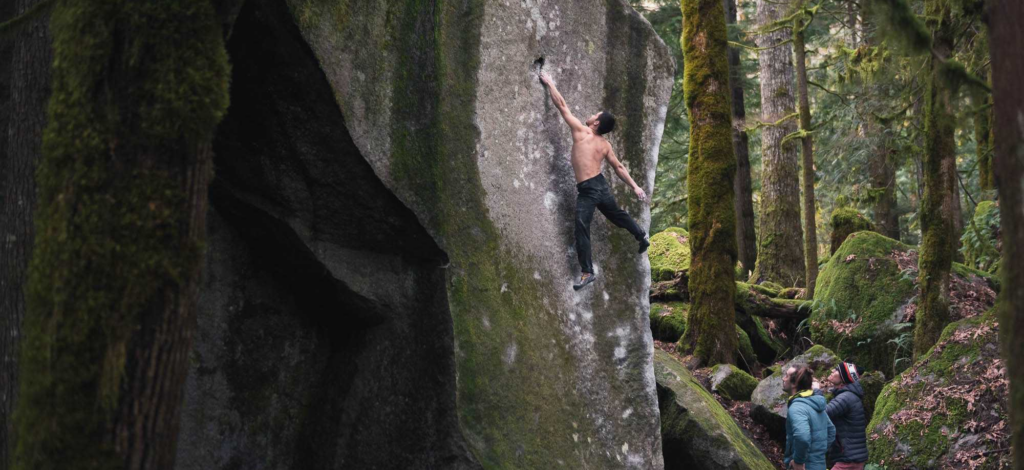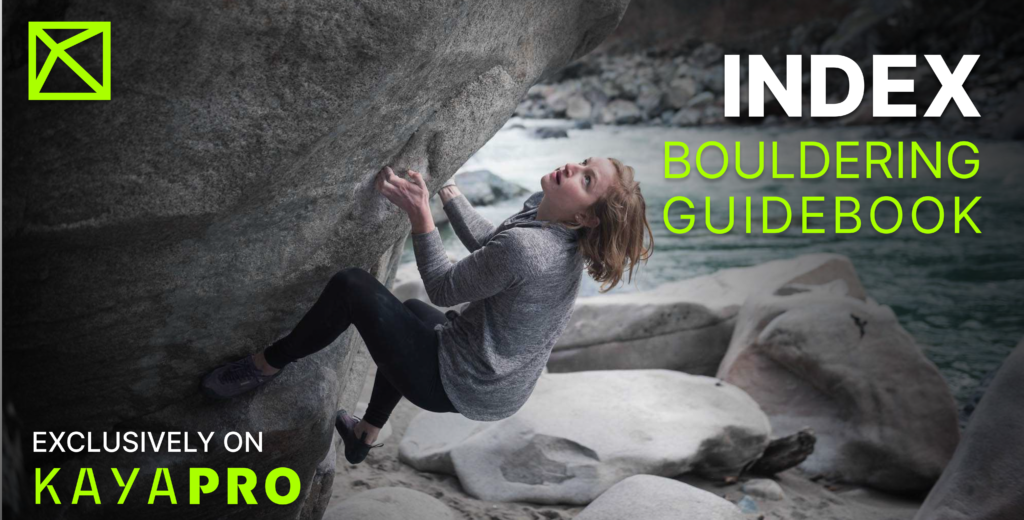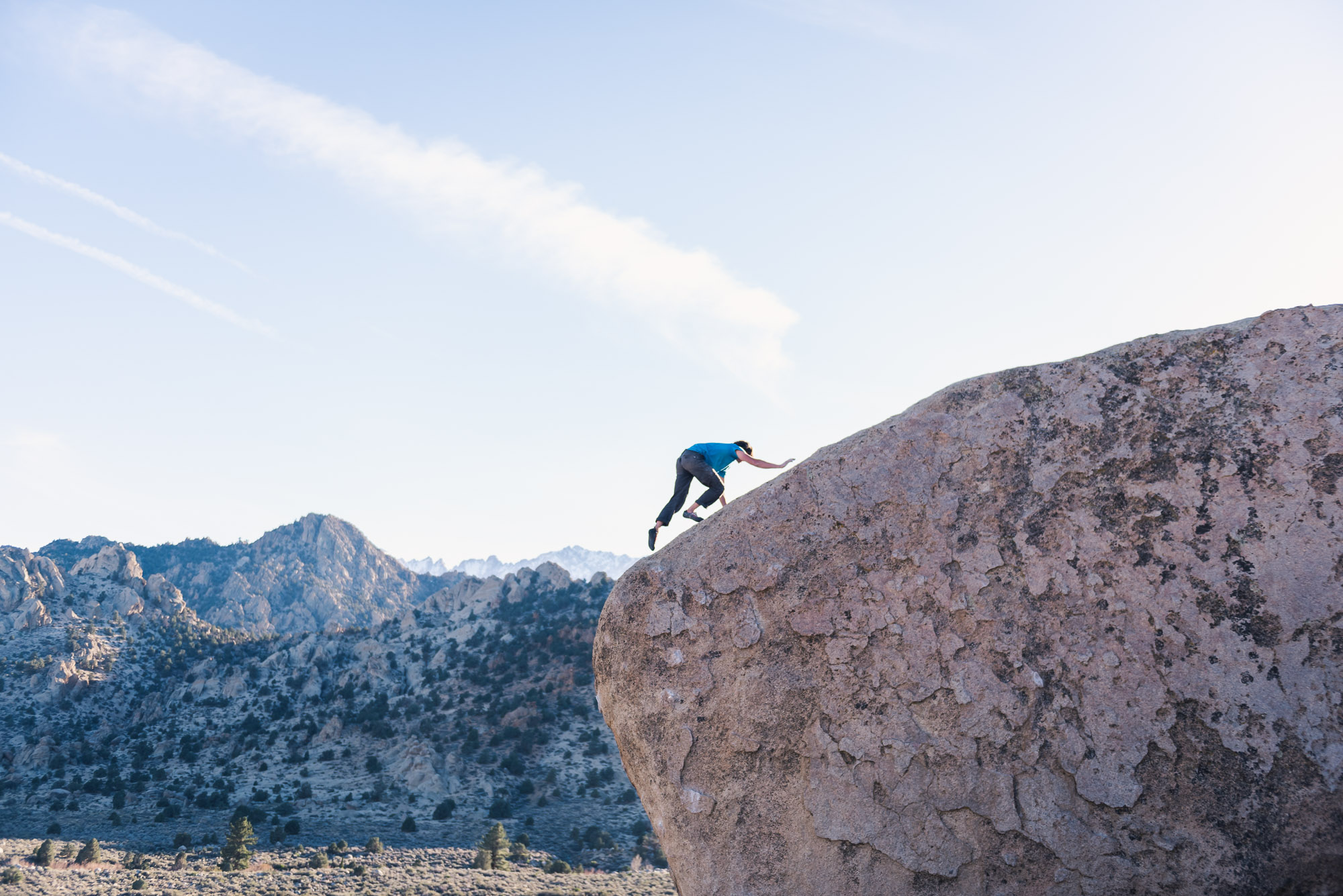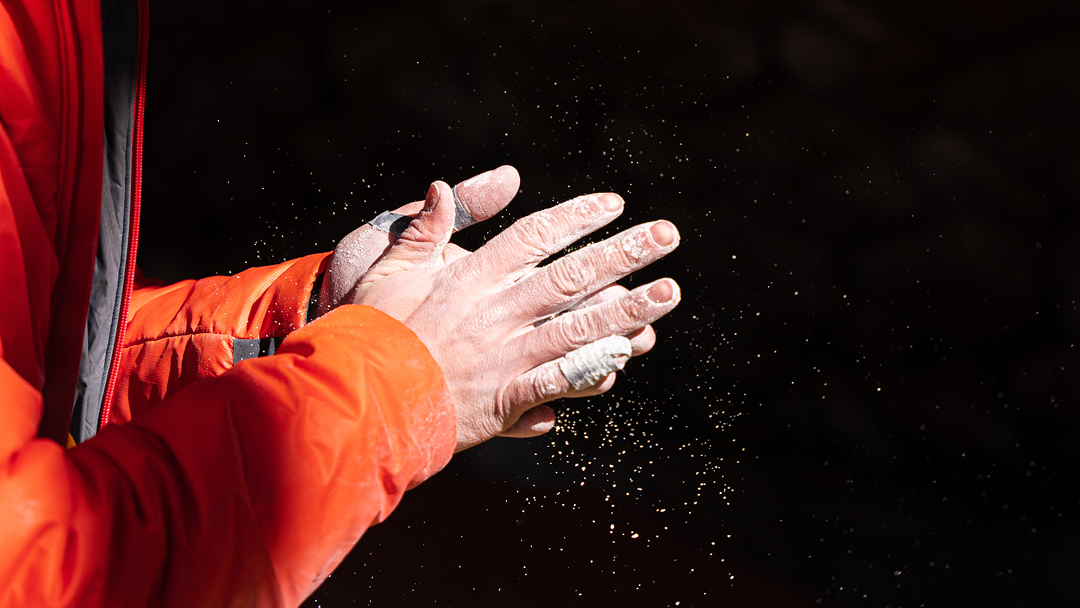Index Bouldering Overview
The tiny mountain town of Index, Washington needs no introduction to local PNW climbers. Known for its world-class granite and famously sandbagged routes, Index has been a proving ground for generations of crack climbers and trad enthusiasts. Nestled at the base of the Cascade Mountains, it’s a place where technical prowess and sheer grit come together on towering walls. While Index is primarily celebrated for its legendary sport and trad climbing, the area also hides a wealth of high-quality bouldering. Scattered throughout the forest and clustered around the iconic walls, these boulder problems showcase the same immaculate granite.
The quality of the rock and the diversity of the problems make it a must-visit for anyone looking to test their skills on some of the best granite in the state. This guide covers everything you need to know about bouldering at Index, from classic problems and seasonal tips to access, permits, and local ethics.
Also, check out The Top 10 Most Popular Problems in Index! Or, watch the full video on YouTube.
Understanding Index Bouldering
Rock Type and Climbing Style
Index is best known for its technical and precise climbing, with problems that emphasize balance, body positioning, and careful footwork. The granite here is fine-grained and often slick, demanding a more delicate, friction-based approach compared to other PNW spots.
Unlike the athletic and steep climbing found at nearby Gold Bar, Index bouldering is marked by thin edges, small crimps, and technical face climbing. The rock quality is exceptional, offering smooth, textured holds that reward precision and patience. The area’s classic problems often require body tension and balance, making it less about power and more about technique and finesse.
Climbers who excel at Index are those who can navigate intricate sequences and maintain body tension on small holds. The rock’s fine texture makes it feel almost glassy in warm weather, but on cooler days, the friction becomes ideal for sticking to the small, sharp features.
Best Times to Boulder in Index
Index’s location in the Cascade foothills means that weather conditions can vary significantly throughout the year. While it’s technically possible to climb at Index in almost any season, some times of the year offer far better conditions than others. Here’s how to plan your trip based on the season:
Spring
Spring is a transitional season at Index, offering cool temperatures and the potential for great friction. However, spring rains are frequent, and the rock can take a while to dry, especially in the shaded areas. Snow may still linger in early spring, making some approaches muddy or slippery. When the weather clears, though, spring can offer excellent sending conditions.
Summer
Summer is a busy climbing season at Index, thanks to the generally dry conditions and long days. While temperatures can occasionally spike, most of the climbing areas receive a mix of sun and shade, allowing you to find cooler spots even on warmer days. Climbing early in the morning or later in the evening helps beat the heat, and shaded problems stay climbable throughout the day.
Fall
Fall is prime bouldering season, with cooler temps and crisp air that makes for ideal friction. The granite feels stickier, and the scenery is stunning as the leaves change. While the conditions are excellent, be prepared for rain and potential snow, especially as you get deeper into November.
Winter
Winter can be a hit-or-miss season at Index. When it’s dry and cold, the granite provides superb friction, but snow and ice are common, especially in shaded or higher elevation areas. The rock can remain wet for days after precipitation, and some boulders may stay damp for weeks. Always check recent trip reports and weather forecasts before heading out, as conditions can change rapidly.

Essential Areas for Every Skill Level
Beginner-friendly Classics
Index may have a reputation for technical and demanding climbing, but it also offers plenty of options for those just getting started. The area’s fine-grained granite can be intimidating at first, but many beginner problems feature positive holds, manageable heights, and straightforward movement.
Index’s beginner-friendly classics are perfect for building foundational skills while enjoying the beautiful, rugged setting that makes this area so unique. Whether you’re warming up or tackling your first outdoor problems, these lines provide a solid introduction to the precision climbing that Index is known for.
Boulder Drop Slab V0, River Boulders— The polished backside of the big Hueco Rock makes for a good introduction to river polished stone. Climb the center of the low angle face.
Superstition Slab V1, Index Proper— Move through a patchwork of crimps on the mossy face from a stand start.
Where The Wild Things Go V2, Sasquatch Boulders— A great first overhung Index problem. Start under the steep cave on the far left side of the boulder and make a few fun pulls out of the cave.
Intermediate Classics
Index shines in the V4–V6 range. Expect slightly overhung faces and intricate crack lines that demand body tension and controlled footwork. Intermediate climbs at Index challenge you to find the right mix of aggression and subtlety, helping you build the skills needed for the area’s harder test pieces. These problems are perfect for climbers looking to refine their technique on more complex movement.
Zelda Rails V4, Index Proper— The most popular Index boulder on KAYA! Sit start on the large left facing shelf and follow the eponymous rail system to the top. A mini classic.
Gimme Back My ID V5, River Boulders— Also in the top 5 most popular problems in Inedex. Sit start on the pinch/fin feature a few feet right of Leggo My Ego and climb up through a chunky quartz pocket to jugs at the lip.
Leggo My Ego V6, River Boulders— Get ready to jump! Sit start on the large horizontal rails in the middle of the face. Make a few easy moves up the rails till you can set up for a committing dyno to the somewhat blind lip of the boulder.
Hard Classics
Many of Index’s harder problems are slightly overhung or vertical, emphasizing body tension and small crimps. Success often hinges on dialing in precise foot placements while maintaining control through dynamic or tension-heavy sequences.
Climbing at this level in Index means testing your technical footwork and finger strength. These hard classics reward climbers who can stay composed and execute challenging sequences with precision.
Dreamscape V7, Sasquatch Boulders— Sit start at the bottom of the perfect rail feature in the middle of the overhang. Chug left along the rail till you have to bust up the face into crimps before tossing to the lip. The area classic! A direct variation climbs from the starting position straight up the face and adds a grade. Yet another variation exits left into the arete of Money Badger.
The Engineer V8, Index Proper— An Index bouldering rite of passage. Tech your way up the proud slab face towards the beckoning hueco starting along the arete but moving into the face as you go.
Midnite V9, Index Proper— About as classic as it gets! Stand start at the bottom of the slanting rail and follow crimps up and left till they disappear and you’re faced with a large dyno to the lip.
Extra-hard Classics
Index doesn’t have many V10 and up problems, but the ones it does have are true gems. Tackling these rare lines is about more than just power, it’s about staying composed on small, friction-dependent holds. If you’re looking for a serious challenge, these problems will push your technical and mental limits.
The Architect V10, Index Proper— Yet another Index bouldering merit badge of honor. Start with an easy layback sequence up the arete to harder and harder moves as you eventually slap to the opposite arete and compress to a dramatic finishing punch at the lip.
Hagakure V12, River Boulders— One of the best and most sought after climbs in the area; ‘Haga’ as it’s often referred to, begins matched on the prominent left facing shelf at head height. Cross up into the seam, pop for the triangluar pinch then tackle the cruxy sloper ramp before a final tenuous reach to the lip.
Hagakure Low V13, River Boulders— One of the purest lines around with not a single extra feature on the wall. Start further down left into the blank overhand on a vertical left hand edge and bad right hand pod. Paste your feet high and make a tough shoulder move rightward into the starting shelf of Hagakure; match hands and continue through that problem.
Planning Your First Index Bouldering Visit
Index is an iconic bouldering destination, but planning ahead will make your trip smoother and more enjoyable. Here’s everything you need to know before heading out.
Getting There
Index is located about 1.5 hours northeast of Seattle via Highway 2. As you approach the town, you’ll be greeted by the imposing granite walls of the Upper and Lower Town Walls, signaling you’ve arrived in one of Washington’s premier climbing areas.
Once you reach the town, follow the signs to the Lower Town Wall parking area or park in designated pullouts along the road. Always be respectful of the small residential community and avoid blocking driveways or private property.
Parking
Parking at Index can be limited, especially on weekends when both boulderers and rope climbers flock to the area. The main parking lot near the Lower Town Wall fills up quickly, so arrive early to secure a spot.
Parking Fees: There is no formal parking fee, but some spots are day-use only and require that you do not block access roads.
Safety and Ethics Essentials
Index bouldering requires climbers to be mindful of the environment and respectful of local traditions. Here are some key points to ensure a responsible visit:
- Check the Weather: Pacific Northwest conditions change rapidly. Always check the forecast before you go and be prepared for sudden rain.
- Trail Conditions: Trails can become muddy and slippery after storms. Wear appropriate footwear and stay on established paths.
- Minimize Impact: Stick to existing trails and never cut switchbacks, as this causes erosion.
- Chalk and Tick Marks: Always brush off chalk after climbing, especially on popular problems.
- Leave No Trace: Pack out all trash, including tape, food wrappers, and personal items.
- Dog Etiquette: Make sure your pet does not disturb wildlife or other climbers, and always clean up after them.
- Noise Levels: Be mindful of your volume, especially near residential areas or when other climbers are sharing the space.
By showing respect to the land and other climbers, you’re contributing to the ongoing effort to keep Index accessible and enjoyable for the climbing community.
Index Bouldering Conclusion
Index is a cornerstone of Washington climbing, known for its technical granite problems. While traditionally celebrated for crack and trad routes, its bouldering scene has steadily grown, offering precise, tension-heavy lines that test both strength and technique.
Remember to respect the environment, brush tick marks, and keep noise low, especially near residential areas. By climbing responsibly, you help preserve this iconic spot for future generations.
Check out Drew Schick’s full Index Bouldering Guide on KAYA.







